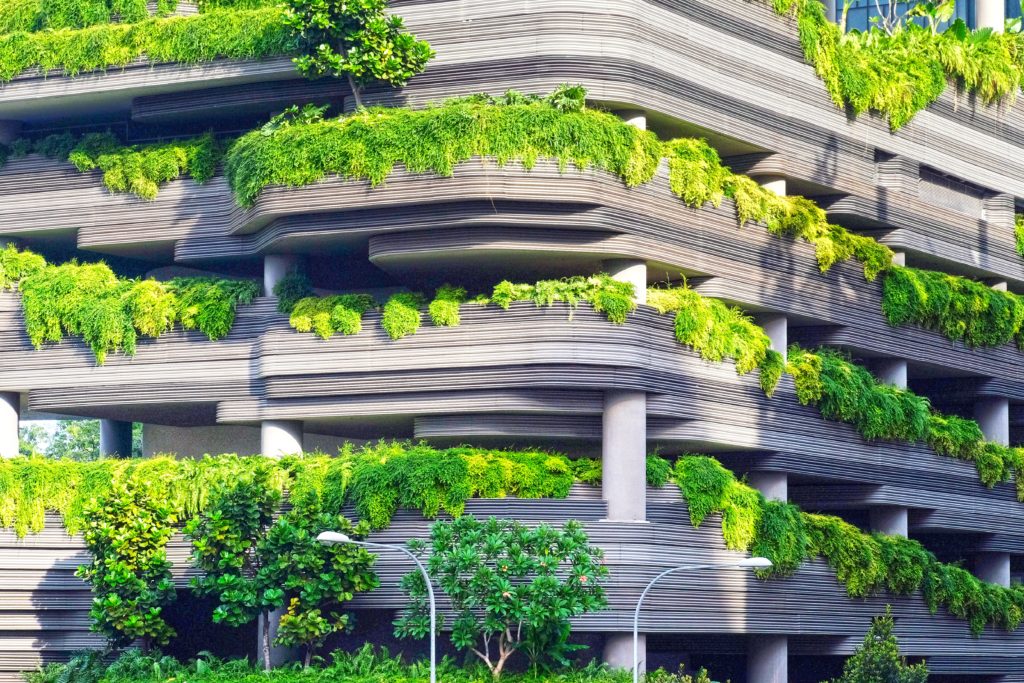Transforming Undeveloped Land into Dynamic, Sustainable, Eco-Friendly Communities

As our cities expand and populations grow, the pressure on undeveloped land intensifies. However, there is a growing trend towards transforming these areas into sustainable, eco-friendly communities that harmonize with nature rather than diminish it. This transformation involves innovative planning, sustainable design, and a commitment to environmental stewardship. Let’s explore the key principles and strategies behind this transformation.

- Sustainable Design
The foundation of any eco-friendly community is sustainable design. This encompasses a range of principles aimed at minimizing environmental impact and maximizing efficiency. Key elements include:
– Energy Efficiency: Buildings should be designed to minimize energy consumption through effective insulation, orientation to optimize natural light, and the use of energy-efficient appliances and lighting.
– Renewable Energy: Incorporating renewable energy sources such as solar panels, wind turbines, or geothermal heating can reduce reliance on fossil fuels.
– Water Conservation: Implementing water-saving technologies like rainwater harvesting, greywater recycling, and efficient irrigation systems can significantly reduce water usage.
– Green Spaces: Incorporating parks, green roofs, and community gardens not only enhances the aesthetic appeal but also improves air quality and provides habitat for wildlife.

- Smart Infrastructure
Infrastructure plays a crucial role in sustainable communities. Smart infrastructure focuses on efficiency, resilience, and reducing environmental impact. This includes:
– Public Transportation: Designing communities with access to public transportation reduces the need for private cars, lowering emissions and congestion.
– Waste Management: Implementing effective waste management strategies such as recycling programs and composting reduces landfill waste.
– Green Building Materials: Using sustainable materials with low embodied energy, such as bamboo, reclaimed wood, and recycled materials, minimizes environmental impact.

- Community Engagement
Creating a sustainable community requires active engagement from residents. This can include:
– Education and Awareness: Educating residents about sustainable living practices can encourage behavior change and promote a culture of sustainability.
– Community Gardens: Allowing residents to participate in community gardens promotes local food production and a sense of community.
– Collaborative Decision Making: Involving residents in the decision-making process for community projects fosters a sense of ownership and empowerment.
- Biodiversity Conservation
Preserving and enhancing biodiversity is crucial for sustainable development. Strategies include:
– Native Landscaping: Using native plants in landscaping can support local wildlife and reduce the need for water and maintenance.
– Protected Areas: Designating protected areas within the community can preserve habitats for native species.
– Wildlife Corridors: Creating wildlife corridors allows for the safe movement of wildlife between fragmented habitats.

- Economic Viability
Sustainable communities must also be economically viable. This can be achieved through:
– Mixed-Use Development: Incorporating residential, commercial, and recreational spaces reduces the need for long commutes and supports local businesses.
– Affordable Housing: Ensuring a range of housing options, including affordable housing, promotes diversity and inclusivity within the community.
– Green Jobs: Supporting the growth of green industries and providing opportunities for sustainable employment can boost the local economy.
An undeveloped land can be transformed into green jobs through sustainable development initiatives. Here are some steps that can be taken:
1. Conduct a feasibility study to assess the potential for green job creation on the undeveloped land.
2. Identify and prioritize green job opportunities such as renewable energy projects, organic farming, sustainable forestry, eco-tourism, and green infrastructure development.
3. Collaborate with local communities, government agencies, non-profit organizations, and private sector partners to develop a green job creation plan.
4. Invest in training and education programs to equip local residents with the skills needed for green jobs.
5. Implement policies and incentives that support the growth of green industries on the undeveloped land.
6. Monitor and evaluate the impact of green job creation initiatives to ensure long-term sustainability and success.
In conclusion, transforming undeveloped land into sustainable, eco-friendly communities requires a holistic approach that considers environmental, social, and economic factors. By incorporating sustainable design, smart infrastructure, community engagement, biodiversity conservation, and economic viability, we can create communities that not only meet the needs of current generations but also preserve the planet for future ones.
https://offers4land.com/ is the best platform to sell your vacant lands and help you save time and money. Now you can also contact the team of experts and sell your land.
You can also follow us on social media to get more news about the process and company www.facebook.com/offersforland.


